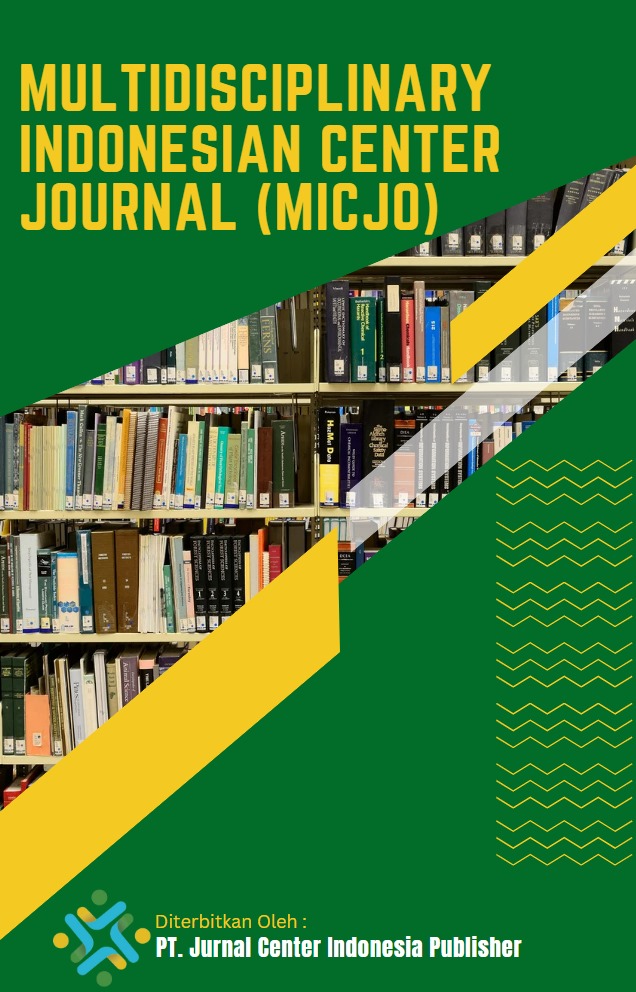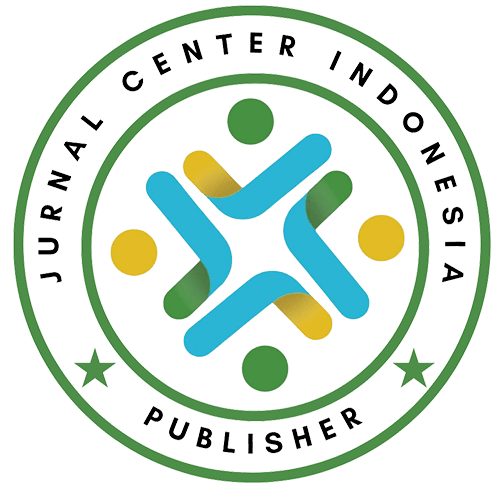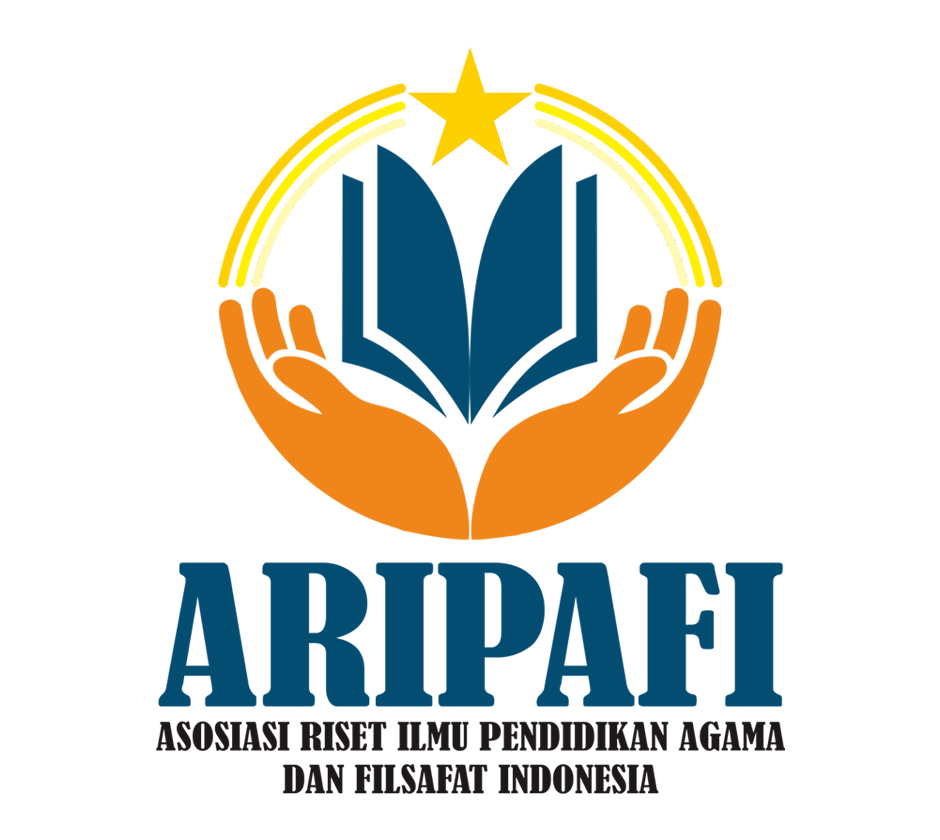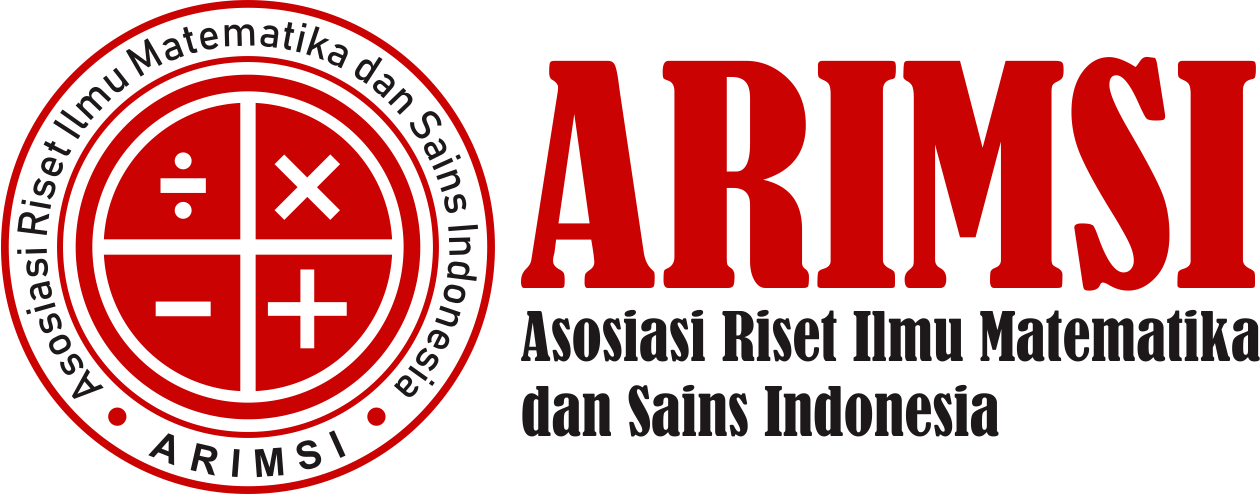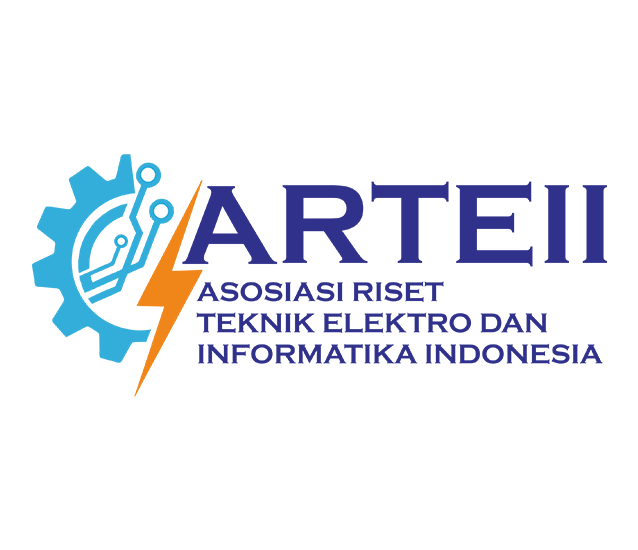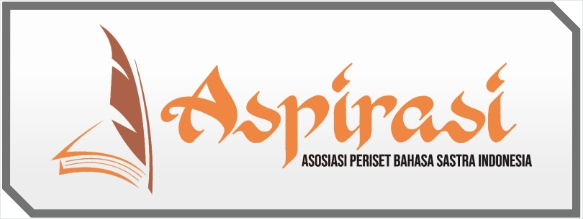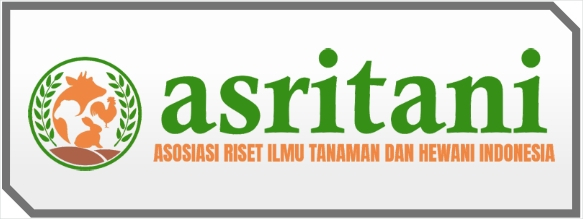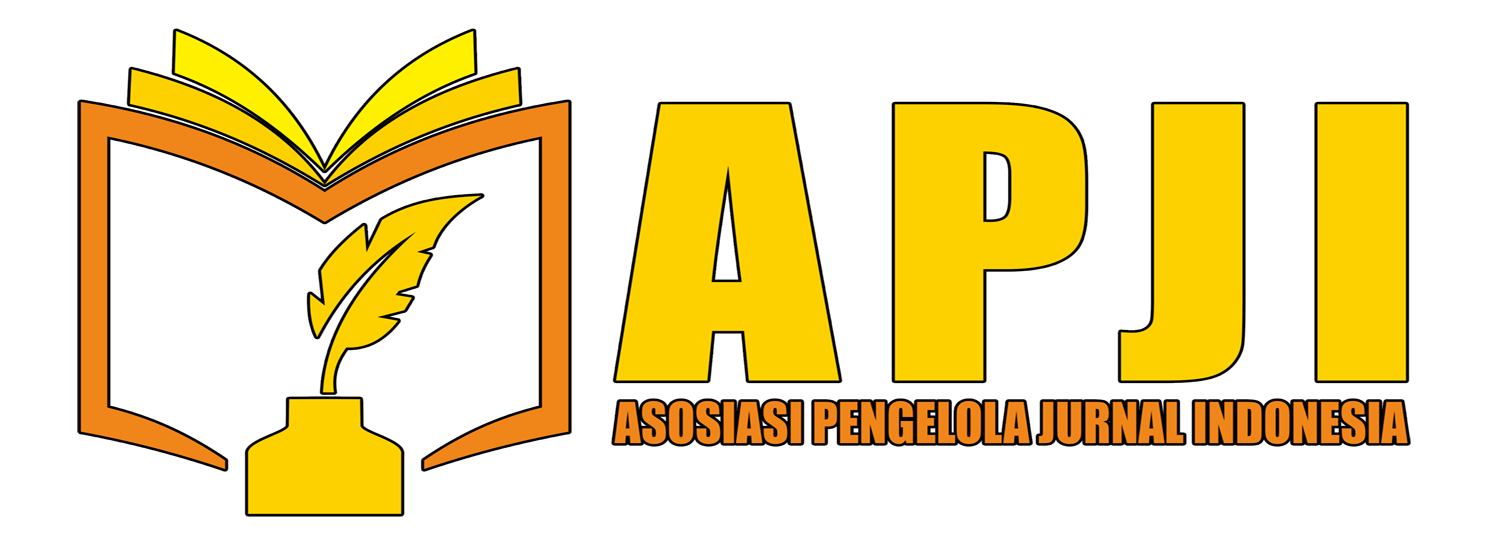CORRELATION BETWEEN KNOWLEDGE, ATTITUDE, AND COMPLIANCE WITH THE USE OF PERSONAL PROTECTIVE EQUIPMENT AMONG CLEANING SERVICE STAFF IN CITO LABORATORY
DOI:
https://doi.org/10.62567/micjo.v2i4.1177Keywords:
Knowledge Level, Attitude, Compliance, PPEAbstract
Cleaning service staff working in laboratories are at high risk of exposure to hazardous materials. The use of personal protective equipment (PPE) is a crucial step in preventing occupational accidents. However, the level of compliance with PPE usage varies and is influenced by the knowledge and attitude of the staff. This issue highlights the need to understand the relationship between the knowledge and attitudes of cleaning service staff and their compliance with the use of PPE. This study employed an analytical design with a cross-sectional approach. A total of 58 cleaning service staff participated as respondents, selected through total sampling. Data were collected using a structured questionnaire and analyzed using the chi-square test. The results showed that 60.3% of respondents had good knowledge regarding the use of PPE, while 73% had a positive attitude toward its usage. The chi-square test revealed a p-value of 0.03 (<0.05), indicating a significant relationship between attitude and compliance with PPE usage among cleaning service staff. The chi-square test for the relationship between knowledge and compliance yielded a p-value of 0.01 (<0.05), indicating a significant relationship between knowledge and compliance. The findings indicate that the knowledge of cleaning service staff positively correlates with their compliance in using PPE. Staff members with good knowledge were more likely to comply with PPE usage. Adequate knowledge enables staff to understand laboratory risks and the benefits of PPE in preventing exposure to hazardous materials, thereby encouraging safer behavior, promoting communication among staff, reminding one another, and embedding safety values into daily work routines.
Downloads
References
Ajzen, I. (1991). The theory of planned behavior. Organizational Behavior and Human Decision Processes, 50(2), 179-211.
Green, L. W., & Kreuter, M. W. (2005). Health program planning: An educational and ecological approach (4th ed.). McGraw-Hill.
Jones, T., & White, S. (2019). Factors affecting compliance with personal protective equipment in hospital staff. Journal of Occupational Health and Safety, 37(2), 112-118.
Lee, J. H., Kim, H. S., & Choi, Y. H. (2017). Knowledge and attitude of hospital cleaning staff toward the use of personal protective equipment. Journal of Health and Safety, 15(1), 89-94.
Kementerian Tenaga Kerja dan Transmigrasi Republik Indonesia. (2010). Peraturan Menteri Tenaga Kerja dan Transmigrasi Republik Indonesia Nomor PER.08/MEN/VII/2010 tentang alat pelindung diri (Personal Protective Equipment). Jakarta: Kementerian Tenaga Kerja dan Transmigrasi Republik Indonesia.
Minister of Health of the Republic of Indonesia. (2021). Peraturan Menteri Kesehatan Nomor 14 Tahun 2021 tentang Standar Kegiatan Usaha dan Produk pada Penyelenggaraan Perizinan Berbasis Risiko di Sektor Kesehatan. Jakarta: Kementerian Kesehatan Republik Indonesia.
Notoatmodjo, S. (2012). Metode Penelitian Kesehatan. Jakarta: PT. Rinekal Cipta.
Rahmawati, D. (2019). Factors influencing the compliance of cleaning service staff with the use of PPE in high-risk environments. Journal of Occupational Safety, 12(4), 45-56.
Sujarweni, V. W. (2014). SPSS untuk Penelitian. Jakarta: Pustaka Baru Press.
Downloads
Published
How to Cite
Issue
Section
License
Copyright (c) 2025 Herwin Rizky Nastiti, Diah Prihatiningsih, Ni Komang Sukra Andini

This work is licensed under a Creative Commons Attribution-ShareAlike 4.0 International License.

